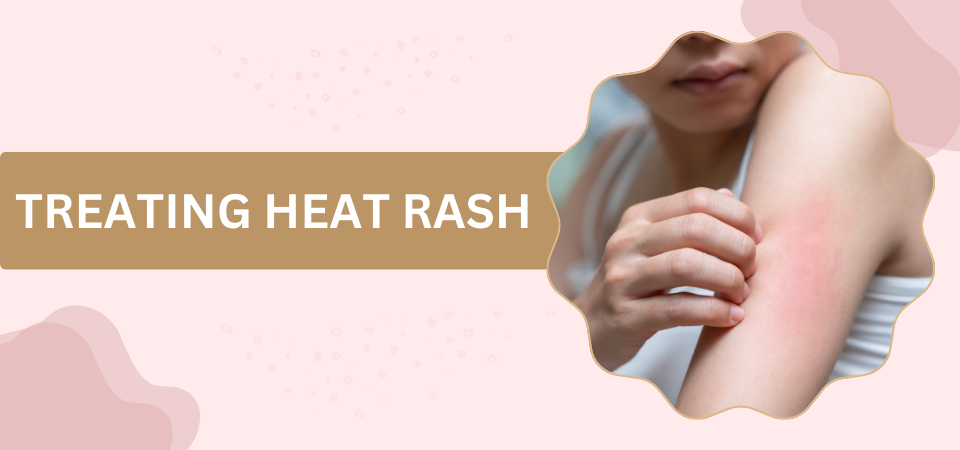
What is excessive body sweating?
April 25, 2024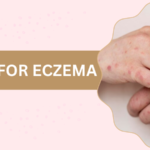
Reasons for Eczema
June 17, 2024
Are you concerned about maintaining flawless skin and Treating heat rash? Does a bout of heat rash trouble you, especially during summer?
It’s time to seek help from a certified dermatologist!
Understanding Heat Rash
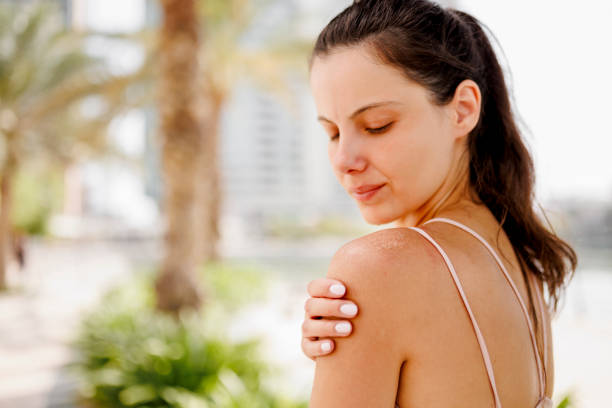
We often consider flawless skin attractive, reflecting good health and vitality. Smooth, clear skin can boost confidence and contribute to a positive self-image. However, skin conditions like heat rash can be discomforting.
Heat rash isn’t exclusive to infants. Adults can also experience it, especially during hot and humid weather. These conditions can detract from one’s appearance and affect daily activities and overall well-being.
“Heat rash is a common skin condition,” says Dr. Anju Methil, a renowned dermatologist in Mumbai. “It occurs when sweat gets trapped in the sweat ducts, leading to inflammation and irritation.”
Are you concerned about heat rashes or any other skin condition?
Please contact an experienced skin specialist for effective treatment options.
Dive into the next section for insights into symptoms and the familiar territories of heat rash targets.
Types and Symptoms of Heat Rash
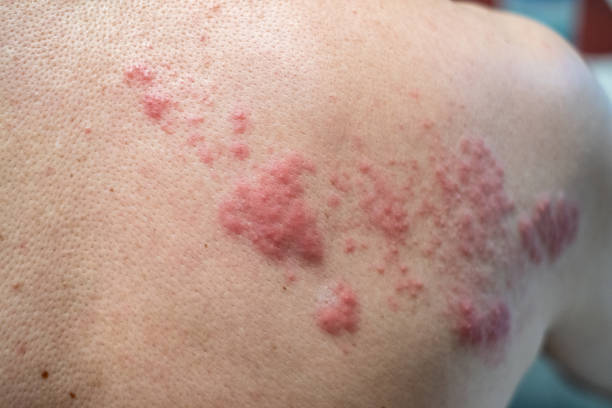
Miliaria crystalline: It’s the mildest form, occurring when sweat duct openings are blocked. It can lead to clear, fluid-filled bumps.
Miliaria rubra: Also known as prickly heat rash, it occurs deeper in the skin. It results in inflamed blister-like bumps, along with itching, or prickling.
Miliaria pustulosa: In some cases, inflamed bumps of miliaria rubra can fill with pus, known as miliaria pustulosa.
Miliaria profunda: A less common type, it affects the deepest skin layer. It causes firm, painful, or itchy inflamed bumps resembling goose bumps, which may break open.
Your body will alert you to a heat rash by the following signals:
· Itching or prickling sensation on the skin
· Red bumps or small blisters
· Skin inflammation or irritation
· Discomfort or mild pain in affected areas
Common areas affected
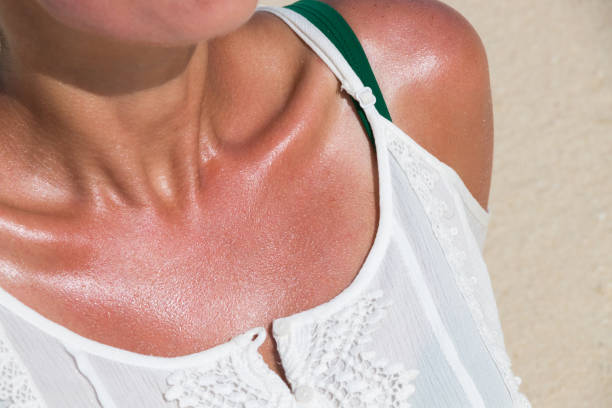
· Neck and upper chest
· Groin and armpits
· Elbows and knees
· Back and abdomen
These symptoms typically appear in areas where sweat becomes trapped under the skin. If you experience these symptoms, seek medical advice for proper diagnosis and treatment.
So, what triggers these uncomfortable skin conditions?
Causes of Heat Rash

Heat rash can emerge due to various factors, including:
· Hot and humid weather conditions that increase sweat production and block sweat ducts
· Continuous friction between skin surfaces
· Keeping the skin moist for extended periods, like staying in wet clothing or diapers
· In infants, immature sweat ducts can quickly become clogged, leading to heat rash outbreaks
· Wearing tight or non-breathable fabrics that trap heat and moisture
· Engaging in vigorous physical activities, particularly in hot weather
· Certain medications, skin conditions, and underlying health issues make the skin more heat sensitive or impair sweat gland function
Looking for effective ways to soothe your skin? There are several heat rash treatment options to provide relief and promote healing.
Beat the Heat: Effective Heat Rash Treatment
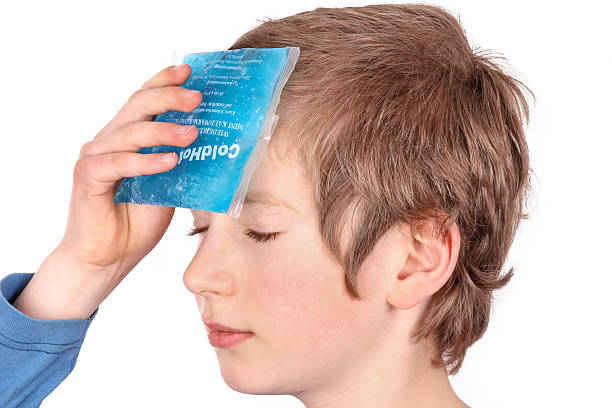
While there’s no instant cure to heat rash, some effective measures include:
Keeping the affected area cool and dry:
This involves:
· Avoiding hot and humid environments
· Wearing loose-fitting clothing
· Staying in air-conditioned or well-ventilated spaces
Cool compresses:
Applying cool, damp cloths to the affected area can help soothe itching and inflammation associated with heat rash.
Calamine lotion or hydrocortisone cream:
These over-the-counter products can relieve itching and irritation caused by heat rash.
Oatmeal baths:
Adding colloidal oatmeal to a lukewarm bath can help calm inflamed skin and alleviate itching.
Avoiding heavy lotions and creams:
These products can further clog pores and exacerbate heat rash symptoms. Opt for lightweight, non-comedogenic moisturizers instead.
Antihistamines:
Over-the-counter antihistamines such as diphenhydramine (Benadryl) can help reduce itching and discomfort associated with heat rash.
Prescription medications:
For severe skin rash treatment, a dermatologist may prescribe topical or oral medications
Treatment recommendations can vary based on the severity and location of the heat rash. Please consult a qualified skin specialist for personalized treatment approaches.
Let’s delve into understanding another common skin condition: hives.
Understanding Hives and Its Causes

“Hives, also known as urticaria, are itchy welts on the skin,” explains Dr. Anju Methil, a trusted dermatologist in Mumbai. “They often result from allergic reactions to environmental factors or ingested substances. However, they can occasionally stem from underlying health conditions.”
Hives typically appear in shades of red, pink, or flesh-colored. The hue may vary based on one’s skin tone. It may appear slightly lighter or darker on brown or black skin than on lighter skin tones.
The causes of hives can vary and include:
· Allergens like pollen, pet dander, insect bites, or certain foods
· Side effects due to some medications, such as antibiotics, pain relievers, or blood pressure medications
· Certain foods like nuts, shellfish, eggs, or dairy products can lead to an allergic reaction and hives
· Emotional stress or anxiety can sometimes trigger hives or exacerbate existing symptoms
· Exposure to extreme temperatures, sunlight, or pressure on the skin
Identifying triggers is essential for managing hives effectively. By pinpointing the specific cause, patients can take steps to avoid exposure and reduce the frequency and severity of the outbreaks.
Dealing with Hives Rash

Dealing with hives rash involves several strategies to ease symptoms and prevent recurrence:
· Identify triggers like certain foods, medications, or environmental allergens.
· Once identified, try to avoid exposure to known triggers to prevent hives from occurring.
· Antihistamine medications can help relieve itching and reduce inflammation associated with hives.
· Applying cool compresses or taking cool showers can soothe itching and reduce swelling.
· Keep the skin well-moisturized with gentle, fragrance-free lotions or creams.
· Opt for loose-fitting, breathable clothing to minimize friction and irritation on the skin.
· Practice relaxation techniques like deep breathing, meditation, and yoga.
If hives persist or become severe, please seek medical advice from a dermatologist.
Prevention Tips
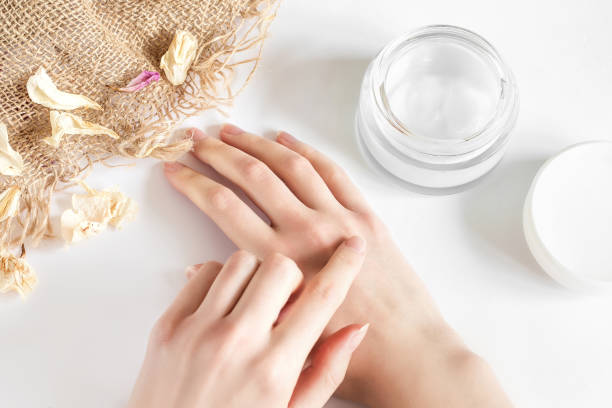
Tips that can help you minimize the risk of developing these skin conditions:
· Identify and avoid known triggers
· Maintain good hygiene by regularly bathing with mild, fragrance-free soap
· Avoid harsh chemicals or irritants that can trigger skin reactions
· Choose skincare products, detergents, and cosmetics that are labeled as hypoallergenic
· Wear protective clothing to shield the skin from sun exposure, insect bites, and other potential irritants
· Keep the skin well-moisturized with gentle, fragrance-free moisturizers
· Practice stress-relieving techniques such as meditation, deep breathing exercises, or yoga
· Drink plenty of water throughout the day to keep the skin hydrated and healthy
Do you experience frequent or severe rashes or hives despite preventive measures?
Reach out to a certified dermatologist for personalized advice and treatment options.
Take Away
Skin conditions like rashes and hives can cause discomfort and affect daily life. However, there are effective ways to prevent and manage them. You can enjoy healthier and happier skin by practicing good skincare habits and seeking help from a dermatologist when needed.
Don’t let skin issues hold you back. Take charge of your skin health today! Visit an experienced dermatologist like Dr. Anju Methil for top-notch treatments. Your skin deserves the best care possible.
FAQ
What gets rid of heat rash fast?
To get rid of heat rash quickly, try to stay cool and dry, use calamine lotion or hydrocortisone cream, and avoid tight clothing.
How long does it take the heat rash to go away?
Heat rash typically goes away within a few days to a week, especially if you keep the affected area cool and dry.
Does heat rash leave scars?
Heat rash usually doesn’t leave scars, but scratching the rash excessively can increase the risk of scarring or infection.
Can hives spread by touch?
Hives aren’t contagious by touch. They do not spread from one person to another.
Reference Links:
https://www.mayoclinic.org/diseases-conditions/heat-rash/symptoms-causes/syc-20373276#symptoms

